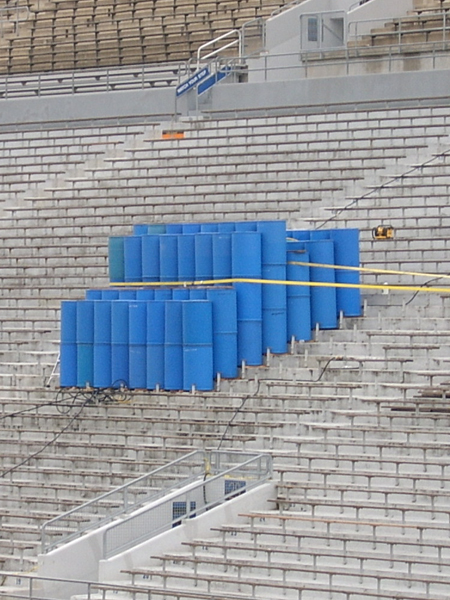Evaluating Existing Building Structures through Load Testing

When building owners or property managers want to adapt existing buildings to new occupancies, or when the adequacy of existing buildings with respect to code-prescribed loads is in doubt, project teams often look to load testing methods to assess the adequacy of their structures. This practice originated in the United States in the late 1800s as a method of proof-testing or load-rating newly constructed structures. Since then, load testing philosophy has evolved and been adopted by current building codes, and in-situ load testing is now a widely accepted method for assessing structural elements or systems.
In this webinar, we will discuss how load testing philosophy has developed and evolved through time and describe how load testing is used in current practice. We will also explain monotonic and cyclic load test protocols and acceptance criteria and provide a summary of several project examples.
LEARNING OBJECTIVES
After attending this webinar, participants will be able to:
- Understand how load testing philosophy has developed and evolved over time.
- Identify what load testing can achieve and when it is an appropriate method to evaluate structures.
- Recognize monotonic and cyclic load test protocols and acceptance criteria.
- Discuss how to design test loads and arrange sensors to measure the response of a tested structure.
Participants will earn 1.0 AIA CES Learning Unit (LU/HSW) for attending the live webinar. Registration is free. Please note that space is limited – email events@sgh.com to join our waitlist if the session is closed when you register.
